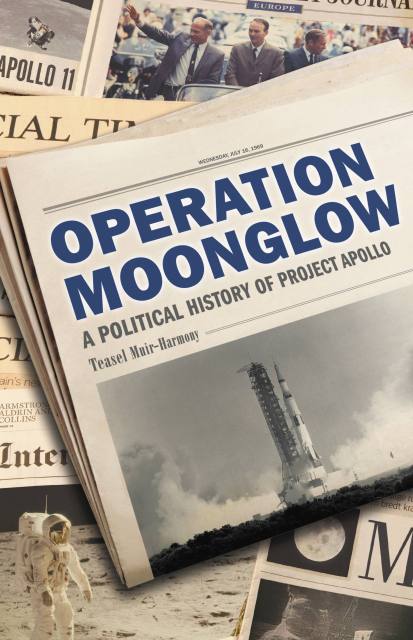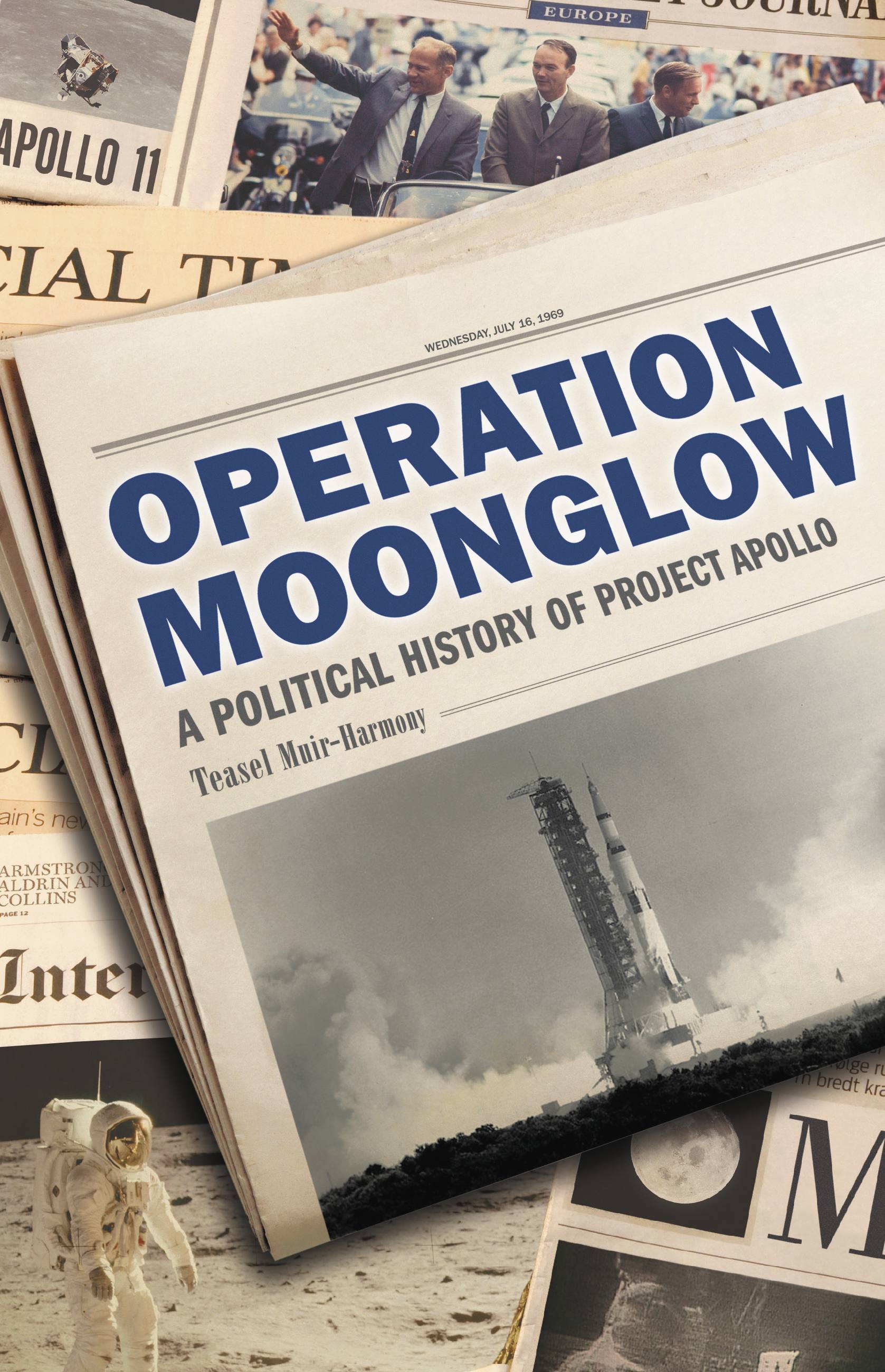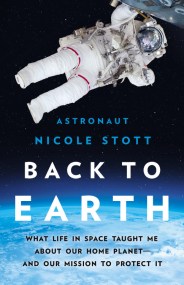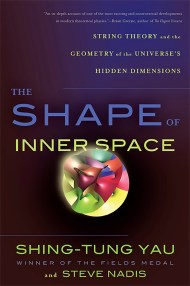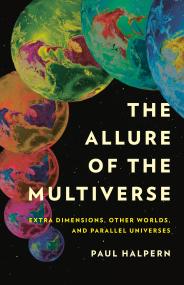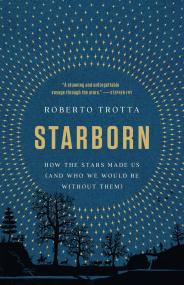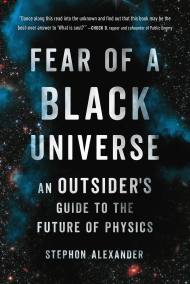Promotion
Use code MOM24 for 20% off site wide + free shipping over $45
Operation Moonglow
A Political History of Project Apollo
Contributors
Formats and Prices
Price
$18.99Price
$24.99 CADFormat
Format:
- ebook $18.99 $24.99 CAD
- Hardcover $32.00 $40.00 CAD
This item is a preorder. Your payment method will be charged immediately, and the product is expected to ship on or around November 24, 2020. This date is subject to change due to shipping delays beyond our control.
Also available from:
The moon landing was an important moment in history, but many forget what was happening behind the scenes — discover the groundbreaking political history of the Apollo program in this riveting exploration of America’s space missions.
Since July 1969, Neil Armstrong’s first step on the Moon has represented the pinnacle of American space exploration and a grand scientific achievement. Yet, as Smithsonian curator Teasel Muir-Harmony argues in Operation Moonglow, its primary purpose wasn’t advancing science. Rather, it was part of a political strategy to build a global coalition. Starting with President John F. Kennedy’s 1961 decision to send astronauts to the Moon to promote American “freedom” over Soviet “tyranny,” Project Apollo was central to American foreign relations. From that perspective, the critical event did not just take place on the lunar surface, it took place in homes, public squares, palaces, and schools around the world, as Apollo captured global attention like never before. After the Moon landing, the Apollo astronauts and President Richard Nixon traveled the world to amplify the sense of participation and global unity shared by billions of people who followed the flight.
Drawing on a rich array of untapped archives and firsthand interviews with Apollo astronauts, Operation Moonglow paints a riveting picture of the intersection of spaceflight, geopolitics, propaganda, and diplomacy during the Cold War.
Genre:
-
"The epic tale of Apollo has been told with precision and passion by numerous historians of politics and technology, including myself. But only now, fifty years after the first Moon landing, we have at last the big story others ignored: Apollo's global triumph in public relations. Moreover, Muir-Harmony's thorough research, elegant style, and evocative anecdotes decorate every page. Operation Moonglow is a joyful trip down memory lane for aging baby-boomers and a welcome inspiration for younger Americans."Walter A. McDougall, author of thePulitzer-Prize winning Heavens and the Earth
-
"The Apollo program is a performance of power in this fascinating history of the way American presidents used the race to the moon to strengthen U.S. diplomacy. Operation Moonglow is a deeply researched and beautifully written fusion of space, politics, and international relations. It will appeal to a broad audience."Mary L. Dudziak, authorof War Time
-
"Teasel Muir-Harmony brings the early years of the space race vividly back to life in this wonderful book. Operation Moonglow focuses on a little-known part of this story: how NASA astronauts came to play a significant role in U.S. diplomacy, and the impact they had on America's international standing. Muir-Harmony's richly-detailed narrative reminds us how turbulent this era was-with the Cold War at its height, the fall of colonial powers abroad, racial unrest, and assassinations at home-and the many delightful anecdotes she includes humanize the main actors."KathrynD. Sullivan, former NASA astronaut
-
"Operation Moonglow: I love the title, because to me, the moon does glow. The book is a thorough examination of the Apollo Program, and provides a fascinating tour of our political evolution from nationalism to global diplomacy. As a work of history, it is first rate. Teasel Muir-Harmony's focus on space diplomacy lends a unique perspective on the space age. Full of fascinating interviews, sprinkled with little-known tidbits, the narrative glows."Michael Collins, Apollo11 astronaut
- On Sale
- Nov 24, 2020
- Page Count
- 384 pages
- Publisher
- Basic Books
- ISBN-13
- 9781541699861
Newsletter Signup
By clicking ‘Sign Up,’ I acknowledge that I have read and agree to Hachette Book Group’s Privacy Policy and Terms of Use
